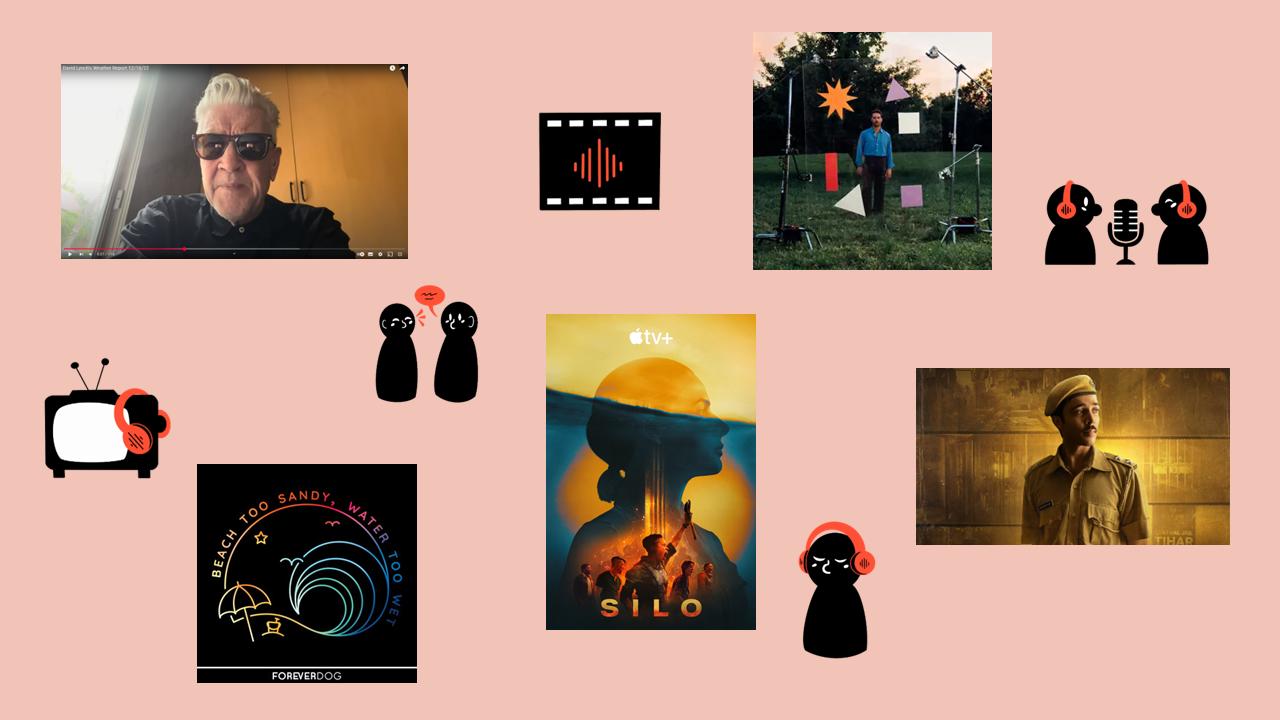|
I've always turned to podcasts to keep up with the news. I like to balance short updates with longer explorations—taking the time to engage with information on my own terms rather than getting caught up in sensational headlines or fragmented social media snippets (my go-to favorites are The Europeans and Sensemaker). I still have a habit of picking up free newspapers on public transport, but more often than not, I flip straight to the crossword. It makes me wonder—how has our relationship with news evolved?
This issue explores the concept of "breaking the news" in both senses of the phrase. On one hand, it’s about the fast-paced news culture that thrives on shock value and instant engagement. On the other, it’s a reflection on breaking away from that cycle—seeking a slower, more intentional way of staying informed.
Today, news is changing in many ways. Fact-checking policies, the rise of clickbait content, and business models driven by engagement rather than accuracy are shaping how we access information. But it’s not all challenges and concerns. Digital platforms offer unprecedented access to diverse perspectives, and grassroots journalism continues to bring fresh, independent voices into the conversation. In this edition, we’ve curated a selection of cultural voices, creative projects, artists, and discussions that delve into this concept, providing insights that go beyond the surface.
I’d love to hear from you—what’s been your favorite way to stay up to date with what’s going on lately? Let us know.
Estelle
|
Some numbers
|
39%
|
Selective tuning out is on the rise. 39% of people now avoid the news altogether, according to Reuter’s 2024 report.
|
|
2-3 million
|
A flood of content. Every 24 hours, 2-3 million news articles are published globally.
|
|
69%
|
Who trusts the news the most? Finland leads the way with 69% of respondents expressing trust in news sources.
|
|
Read between the lines
From clickbait culture to independent platforms, these reads uncover the evolving landscape of news consumption.
|
Breaking the format
Going beyond the traditional written article, these examples push the boundaries of storytelling. From narrative depth to visual elements, they immerse readers in ways that resonate long after the last word.
|
Ways to get inspired

The Uncesored Library
Using Minecraft as a tool to sidestep censorship, the library offers access to restricted journalism in countries with limited press freedom.
|

Eurozine
Connecting over 100 European cultural journals, Eurozine promotes cross-cultural debates by translating key texts into major European languages.
|

Bellingcat
An independent collective specializing in open-source research to investigate global issues.
|
|
Through art

|
tl dr - Ron Terada
Terada’s tl dr series features 325 paintings of headlines from 2016 to 2020 sourced from The Verge and similar platforms. Using the Cheltenham font, reminiscent of The New York Times, Terada contrasts the serious aesthetic with the fleeting, clickbait nature of Internet language. (tl dr = too long, did not read).
|
|
THE DYNAMIC - Sebastian Bruno
The Dynamic (2015–2019) explores Wales’ newspaper through the lens of former staff photographer Sebastian Bruno. Bruno’s project offers an intimate blend of images and stories that capture the paper’s spirit amid an evolving media landscape shaped by austerity, Brexit, and fake news.
|
|
House Beautiful: Bringing the War Home - Martha Rosler
Rosler’s iconic collages juxtapose glossy magazine images with harrowing scenes from the Vietnam War (1955-1975), the first conflict broadcasted directly into households worldwide, critiquing the disconnect between media representation and reality.
|
|
|
Our picks

|
|
|
|